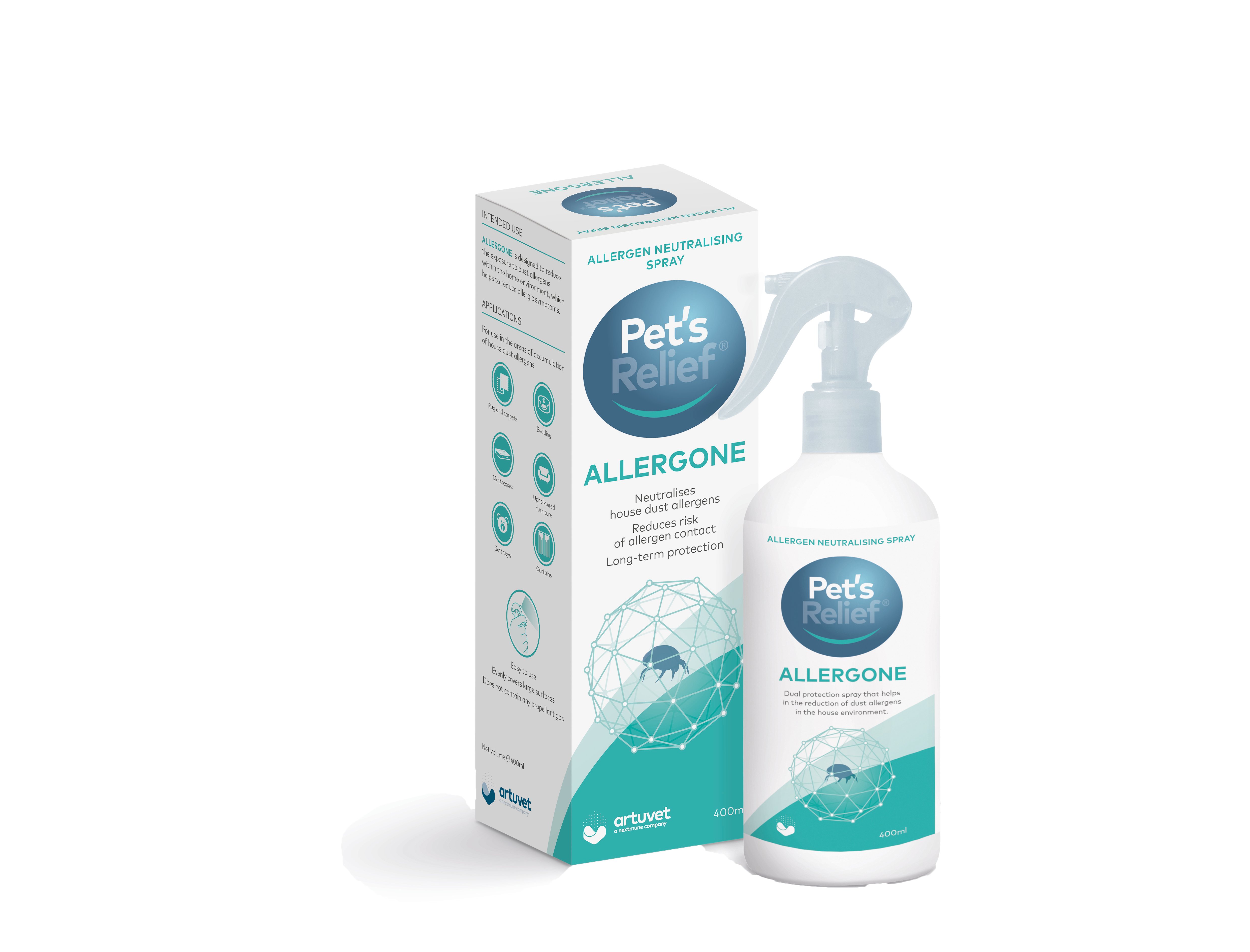Allergies are triggered by diverse environmental, dietary, and seasonal factors. Although hyposensitization therapy is often the best option to clear up an allergy, there are many ways to reduce symptoms and increase treatment effectiveness. It should be noted that, although these tips and tricks will decrease allergy symptoms, they alone cannot be the only treatment option. Best results are observed when these tips and tricks are used concurrently with hyposensitization therapy.
Getting Started
Before considering allergy management, proper allergy diagnosis is essential as many conditions, for example: infections or other issues, can mimic symptoms of an allergy. Upon ruling out other issues, remove as many offending allergens from the environment as possible.
Allergy Management Tips
The most effective ways to maintain an allergy-free household includes: bathing patients with hypoallergenic shampoos, regular and thorough cleaning of the house and furniture, changing air filters monthly, and maintaining a well-balanced diet. Executing these tasks on a regular basis help keep allergy symptoms at bay.
A previous study followed a dog diagnosed with Atopic Dermatitis, who showed significant improvement when moved to a pollen-free environment. However, when reintroduced to pollens, the dog’s symptoms returned. After treated with hyposensitization therapy, the symptoms cleared up (Marsella, et.al, 2012).
Flea Allergies
Similar to many environmental allergies, flea allergy dermatitis can be exacerbated by seasonal changes. Allergies resulting from flea bites are very common in warmer climates with lower elevations (Hensel et al., 2015). To effectively manage the symptoms of flea allergy dermatitis, evaluate whether the patient has developed a bacterial infection from the flea bite. If they have an infection, it will need to be eradicated with antibiotics before the allergy symptoms can be tackled. There are many prescription and over-the-counter topical treatments that can eliminate fleas, however, to achieve optimal results keep their environment clean and ensure the patient’s bedding is washed and vacuumed regularly.
Conclusion
In addition to hyposensitization therapy, there are a variety of ways you can safely reduce your patient's allergy symptoms. Foremost on the list is a proper allergy diagnosis. Many conditions present themselves similarly to allergies and (without proper treatment) will just prolong the suffering of your patient, regardless of any additional precautions. However, once you are certain your patient is suffering from allergies; the combination of hyposensitization therapy along with dietary modifications and removal of the allergens from their environment will control their symptoms.
Photo by Autri Taheri on Unsplash
References
Marsella, R., Sousa, C. A., Gonzales, A. J., & Fadok, V. A. (2012). Current understanding of the pathophysiologic mechanisms of canine atopic dermatitis. Journal of the American Veterinary Medical Association, 241(2), 194-207.
Hensel P, Santoro D, Favrot C, Hill P and C Griffin (2015). “Canine atopic dermatitis: detailed guidelines for diagnosis and allergen identification.”. BMV Vet Res 11: 196-208
 UK
UK

 Deutschland
Deutschland
 Global English
Global English
 France
France
 Bélgique (FR)
Bélgique (FR)
 Nederland
Nederland



